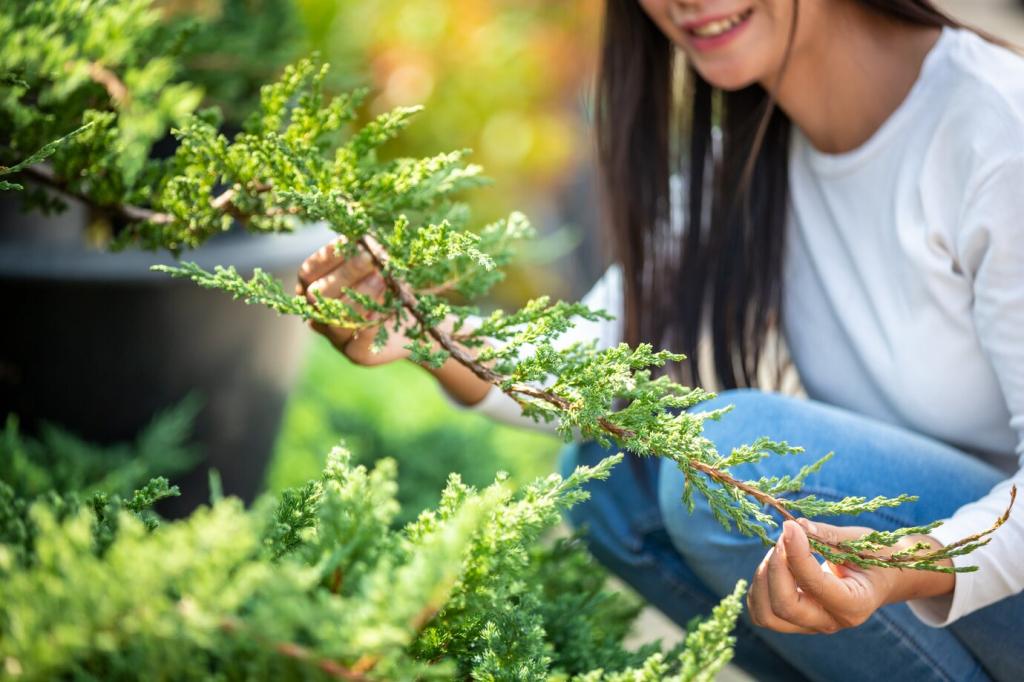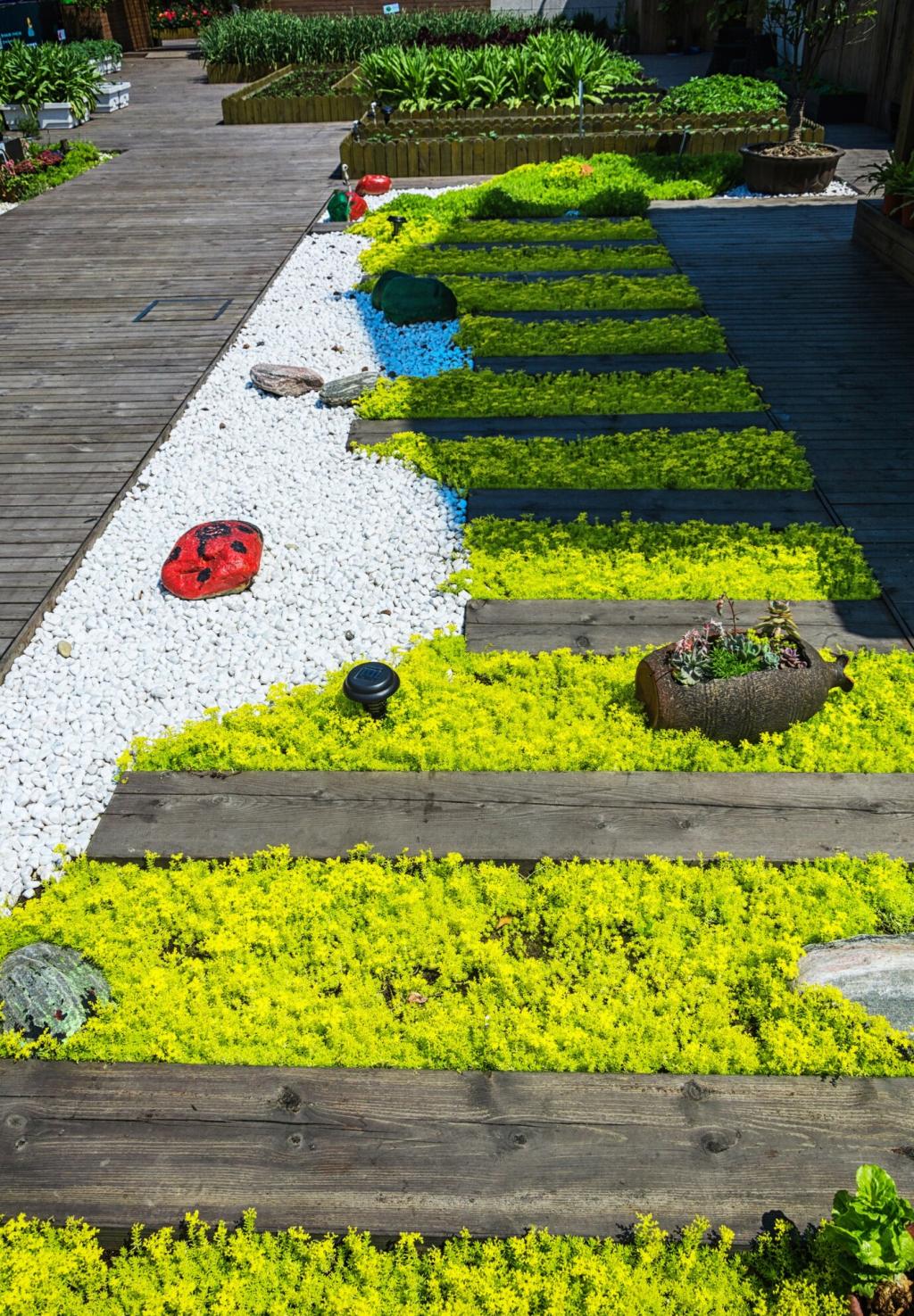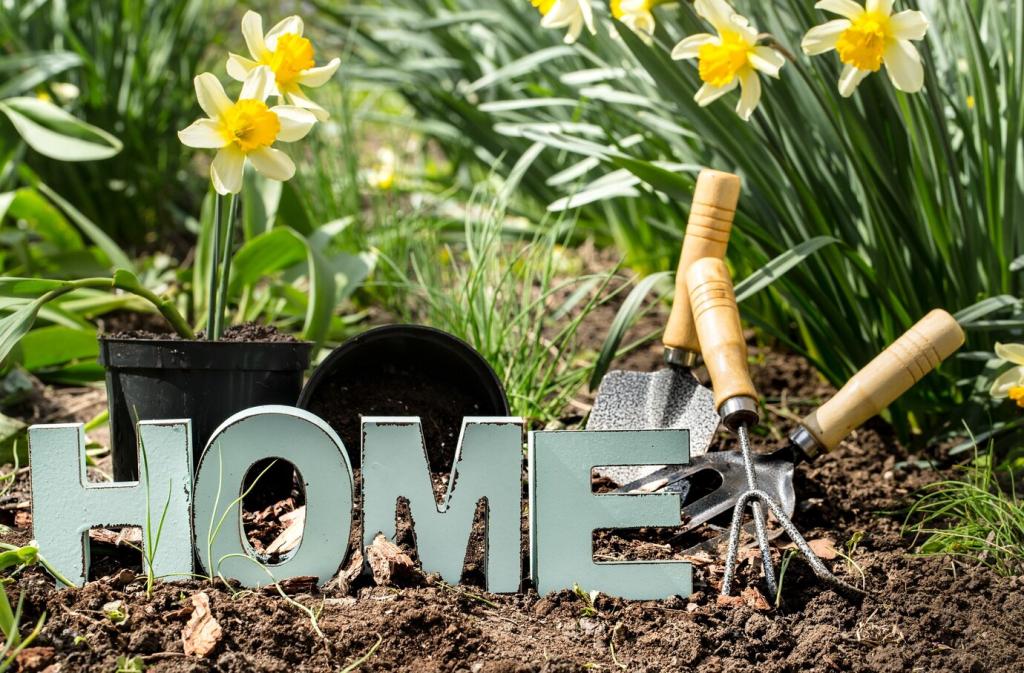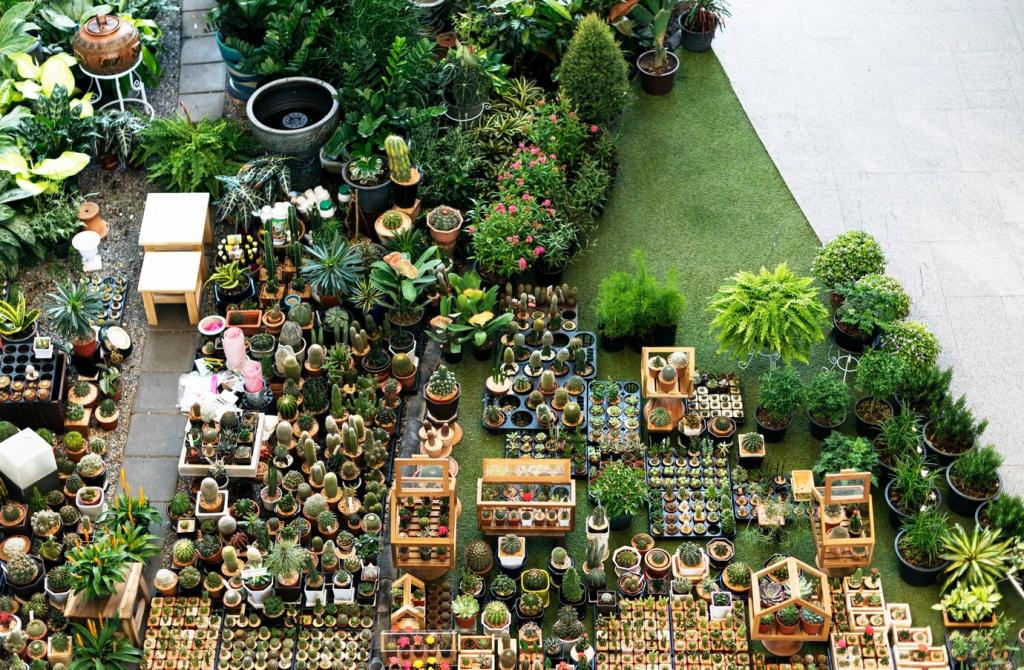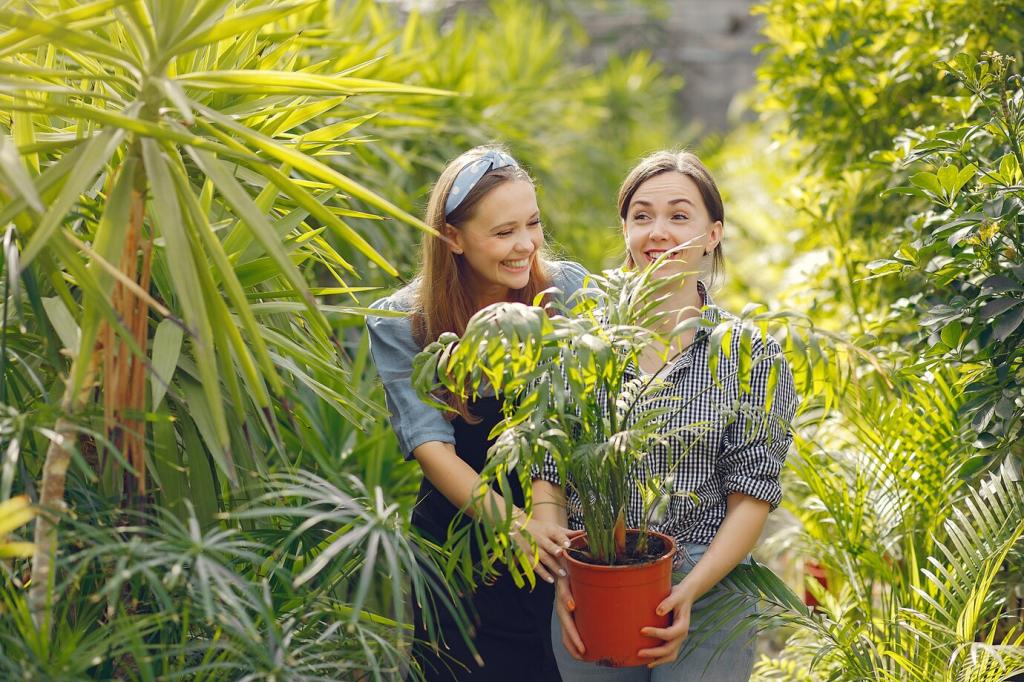From Lawn to Living Landscape: Stories and Steps
One family sheet-mulched a thirsty lawn, added a native meadow, and watched butterflies return in weeks. Neighbors asked questions, then followed, turning a quiet street into a buzzing corridor of seasonal color and life.
From Lawn to Living Landscape: Stories and Steps
On a balcony, a trio of native pots fed bees from spring to frost. Even tiny garden rooms, when planted with regional natives, stitch urban ecosystems together and show sustainability can scale to any footprint.

